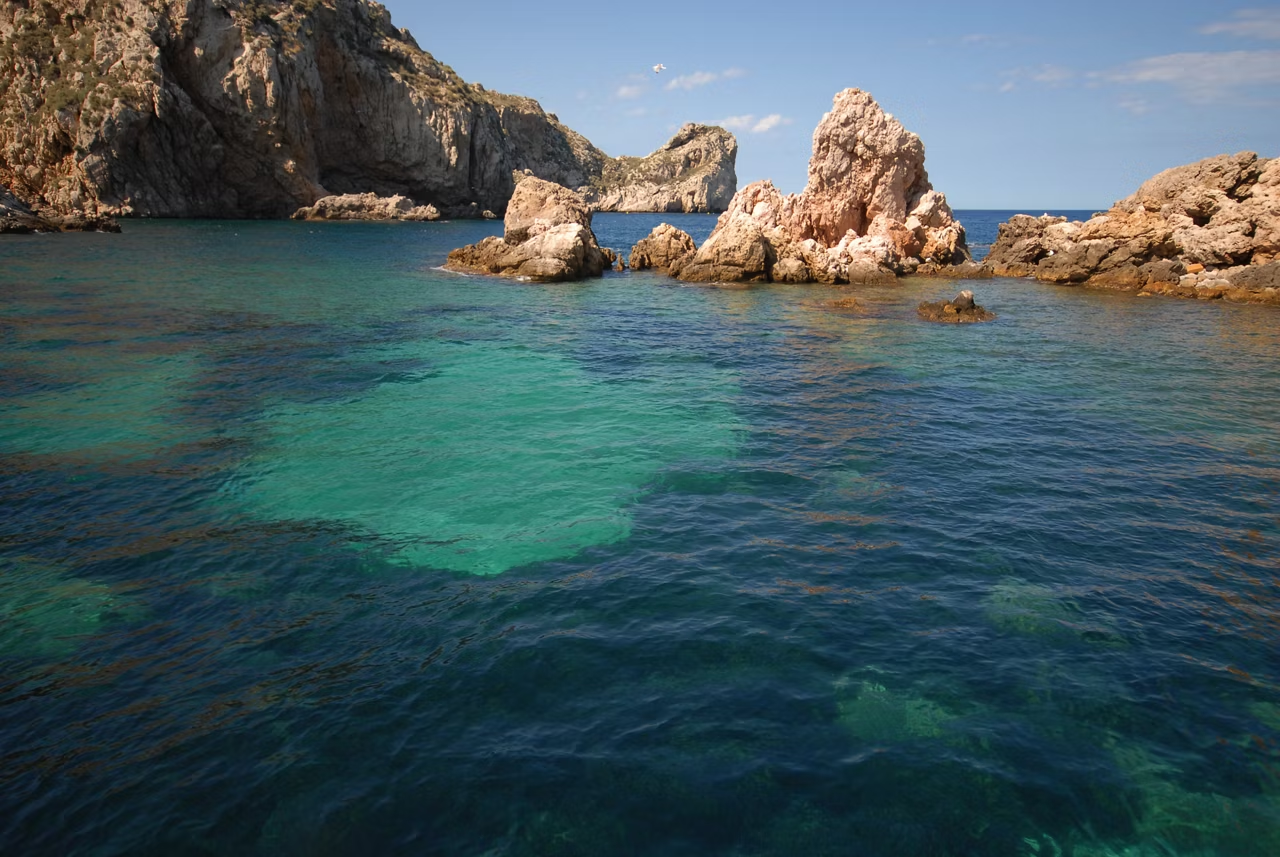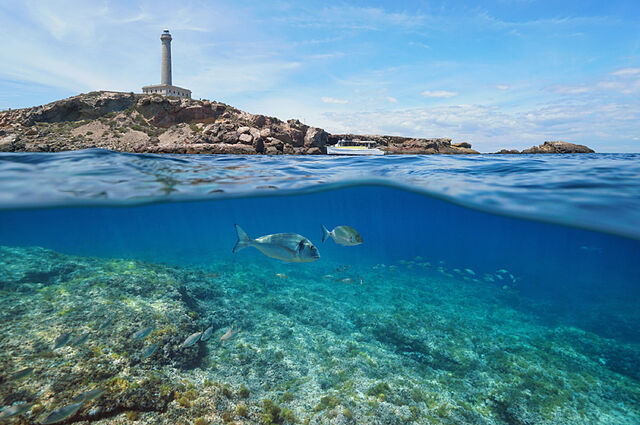People & MPAs – 30x30 Story Collection
What Makes MPAs Work: Lessons from Spain’s Coastal Success Stories
September 19, 2025
By Maria Elena De Matteo
This story is based on a transcribed interview with Arturo López, conducted as part of the ACTeon study for the Med Sea Alliance.
Arturo López, a national expert on Marine Protected Areas (MPAs) and IUCN WCPA Member, has spent years studying their environmental and economic effects across Spain. His insights paint a nuanced picture of how MPAs—when properly managed—can bring tangible benefits to ecosystems, local communities, and national marine policy.
Visible Benefits: From Fish to Awareness
According to Arturo, the most evident positive outcomes of MPAs in Spain include increased fisheries productivity, stronger stakeholder participation (both formal and informal), expanded scientific research, and broader public awareness.
"We've seen a clear rise in awareness among fishers, policymakers, and the general public of the role MPAs can play."
Arturo cites numerous successful MPAs, including Islas Medes, Islas Columbretes, Cabo de Palos-Islas Hormigas, Masia Blanca, and those surrounding the Balearic and Canary Islands. These sites have demonstrated that effective protection and community engagement can go hand-in-hand.

Cost and Complexity
Managing an MPA in Spain typically costs between €100,000 and €250,000 annually. Despite this, Arturo says that serious negative economic impacts are rare.
"The only cases of tension I've seen were around coastal tourism developments in large MPAs like Cabo de Gata. But even then, outright conflicts were uncommon."
The Management Challenge
Spain’s marine territory has relatively wide protection coverage—about 21% of territorial seas fall under some form of designation, with IUCN categories ranging from strict reserves to more flexible use zones.
Still, Arturo admits that most MPAs only implement their management plans partially, often due to insufficient funding, institutional fragmentation, and limited stakeholder involvement.

Monitoring Gaps
While the effectiveness of MPAs in improving biodiversity is generally assumed, national monitoring and evaluation systems remain weak.
"To my knowledge, there is no comprehensive national system in place to evaluate MPAs’ ecological impact," Arturo notes.
Nonetheless, he strongly believes in the long-term benefits: "Marine ecosystems have improved with protection. Absolutely."
Social Impacts and Trust
Arturo describes moderate and gradually increasing support for MPAs, particularly in older, well-established ones. Social benefits mirror environmental ones: more sustainable fisheries, better engagement between stakeholders, and growing scientific collaboration.
Interestingly, while recreational tourism benefits significantly from protected marine environments, Arturo suggests that larger-scale tourism development projects may feel more constrained by protection rules.
Still, he remains optimistic. "Trust in national institutions is moderately high, and social acceptance of MPAs is growing."
The Takeaway
For Arturo, Spain's best-case MPAs aren't isolated anomalies—they’re models to follow. With sustained investment, better-coordinated governance, and transparent evaluation, MPAs can serve as both environmental sanctuaries and engines for resilient local economies.
"The most successful MPAs in Spain show us that balance is possible. Protection doesn’t mean exclusion, it means preservation with a future."
Get Involved Now
The Mediterranean Sea, a vital hub of marine biodiversity, is facing an unprecedented threat from illegal fishing practices